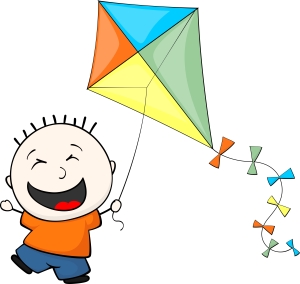I know two things about the Russian empress, Catherine the Great: She displays impeccable posture in her royal portraits, and she said, “A great wind is blowing, and that gives one either imagination or a headache.”
I’m quite sure Catherine never visited our region during the month of March, but her comment makes me think she could have.
From December through February, I expect harsh snow-burdened gales to turn our roads into obstacle courses, pursue livestock across drifted fields, and snatch branches from whip-lashed trees.
But fierce winds in March unsettle me. Just when the world begins to stir with the promise of daily walks through a gentle spring—sun warming my face and fresh air dancing—the promising month falls prey to unpredictable winds.
A balmy breeze, which invites sauntering in the morning, freshens and becomes bothersome in the afternoon, causing me to tuck my chin and scurry. By the next day it’s surly and vindictive, slapping at my reddened face no matter which direction I turn.
Several calm days with stilled leaves and quiet follow, and I begin to believe spring is more than a myth I cling to in order to preserve my sanity. Then the next morning, I walk into a one-direction gale, its insistent, monotonous bluster unbroken by the ebb and flow of gusts.
It’s enough to make a walker paranoid.
I became a student of March winds as a child. I had no choice: my elementary school abounded with displays of lions, lambs, and puffy-cheeked faces blowing playful breezes in which kites frolicked.
In sixth grade, Mr. Wadsen, who played the zither and had black eyebrows that grew together in a commanding line, taught us how to make kites from newspaper and weightless pieces of wood he supplied. We carefully tore strips from an old sheet to create tails for stability, attached kite string, and went outside to fly our creations.
Within minutes, a rambunctious wind grabbed our kites and either bounced them across the playground in swirls of dust or tossed them high into trees to be impaled by bare branches.
We had a glorious time.
In fourth grade, our class presented the program for the March PTA meeting. Mrs. Thomas selected a poem about the wind by Christina Rossetti and coached us in a choral reading of its lovely lines: “Who has seen the wind? Neither you nor I, but when the trees bow down their heads, the wind is passing by.”
She assigned Blake and Lamont to produce pleasant wind sounds—whooshes and soft sighs—as a background to our words.
Rehearsals went well, but the night of the performance, in front of parents, teachers, and school board members, Blake and Lamont succumbed to their weakness for erratic behavior and increased the volume of the wind.
By the time we finished the second verse, they’d whipped up a nor’easter.
Encouraged by chuckles from the audience, other reprobates soon added their banshee howls to the hurricane, while those of us with more decorum laughed uncontrollably at their antics.
We didn’t get recess for a week.


